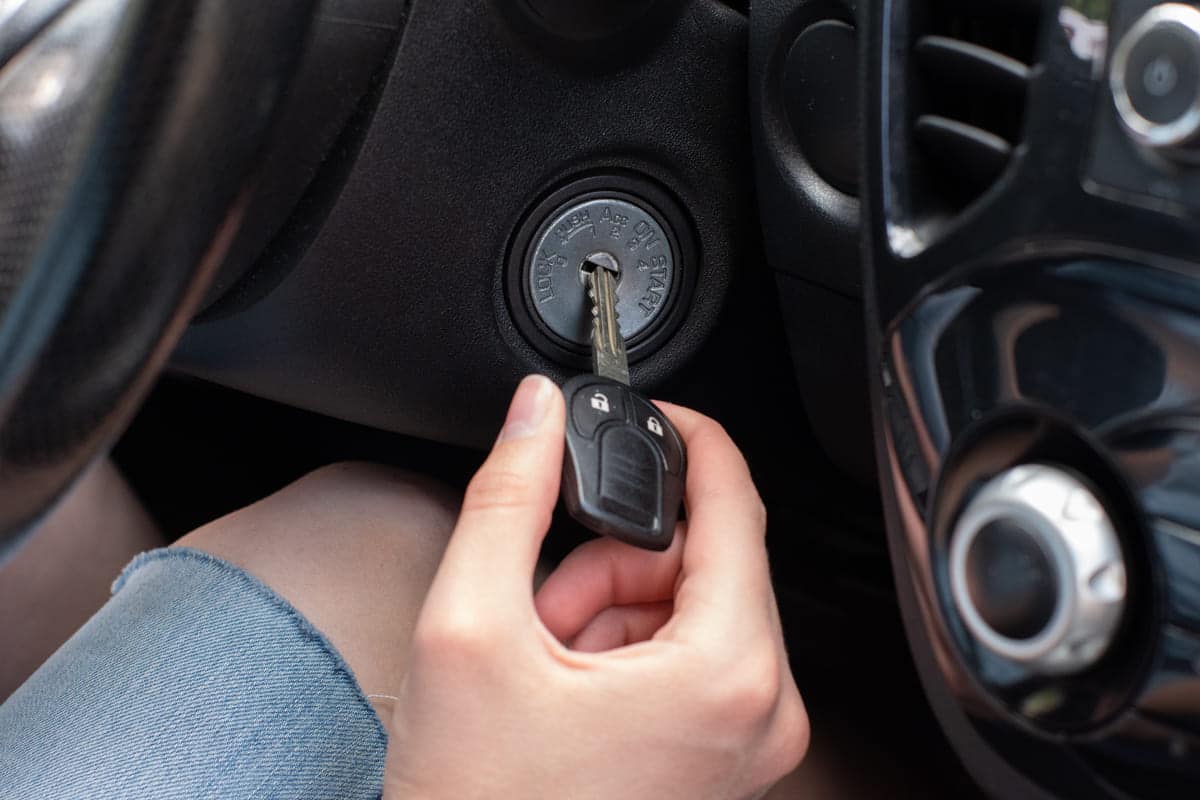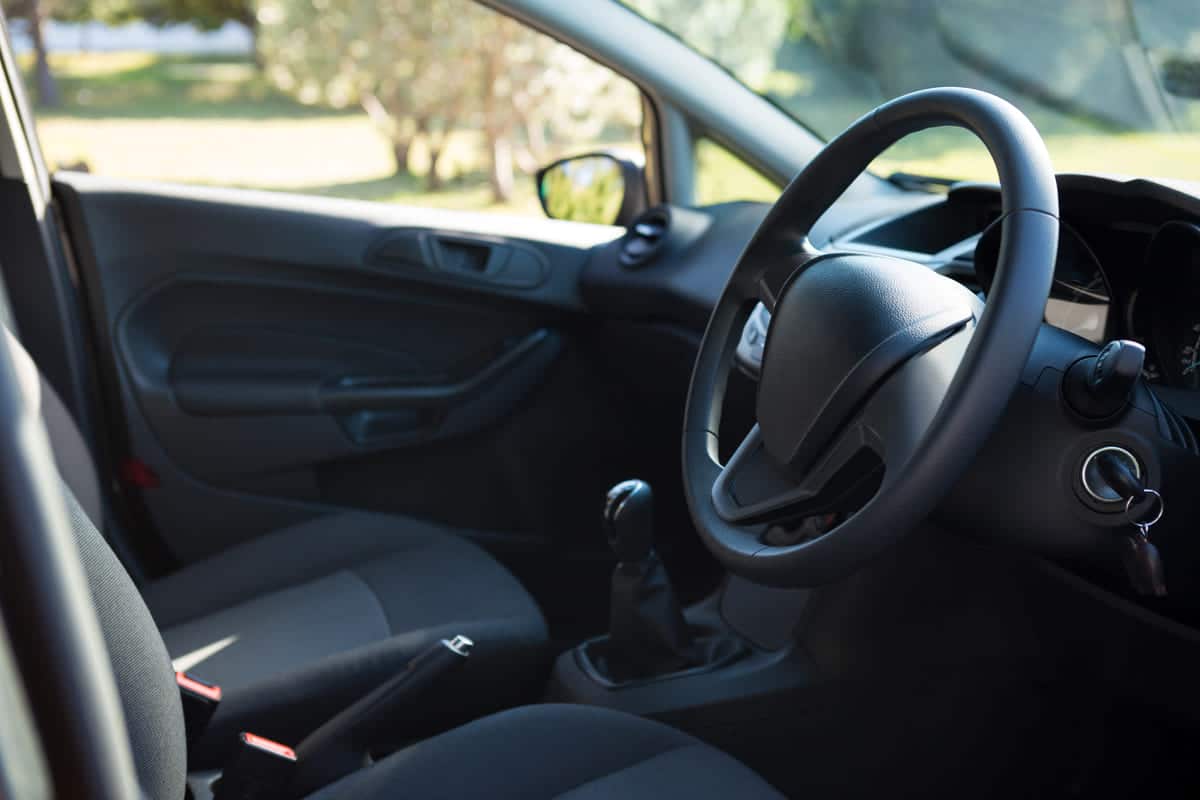The ignition switch is usually on the steering column or dashboard. It’s a key part of the electrical system that enables start and powers essential systems and accessories for the vehicle to run.
What is an Ignition Switch?
An ignition switch is a key-operated part in cars and trucks. It starts the vehicle and controls systems like lights and radio.
When you turn the key the ignition switch sends power to the starter motor. This makes the engine run. Without an ignition switch, you can’t start the vehicle.
The ignition switch also powers other parts. When the key is in the “on” position it powers parts like the fuel pump and . These parts have to work for the engine to run smoothly.
Most ignition switches have 4 positions: off, accessory, on and start. The “off” position turns off the engine and all electrical parts. The “accessory” position lets you use electrical parts like the radio without starting the engine. The “on” position powers the car’s systems and the “start” position sends power to the starter motor.
Modern ignition switches may have security features. Many cars have immobilizers that prevent the engine from starting without the right key. This stops car theft.
An ignition switch can wear out over time. If it fails the vehicle won’t start or electrical parts won’t work. Replacing a faulty ignition switch is often necessary to keep the car running well.
References
- Ignition switch. Wikipedia. Retrieved from
- Ignition Switch. Cars.com. Retrieved from
Evolution of the Ignition Switch:
The ignition switch has come a long way. Early cars didn’t have an ignition switch. Drivers used hand cranks to start the engine which was hard and sometimes dangerous.
In the 1910s electric starters replaced hand cranks. These early electric starters had simple switches that controlled the flow of electricity to start the engine.
In the 1950s ignition switches got more advanced. Car makers added accessories power. This allowed drivers to use the radio and lights without starting the engine.
In the 1980s manufacturers introduced key codes and electronic locks to improve security. These new systems stopped car theft by making it harder to start the engine without the right key.
Today many cars use smart keys and push button starts. These modern systems use sensors and computers to recognise the key inside the car. The driver just pushes a button to start the engine.
Some new cars don’t even use physical keys. They use key fobs or smartphone apps to unlock and start the car. This makes starting the car more convenient and secure.
The ignition switch has come from a basic mechanical device to a complex electronic system. Each change has made cars easier to start and safer to use.

How Does a Car Ignition Switch Work?
A car ignition switch starts the engine and controls electrical systems. Here’s how:
Step 1: Insert the Key: Insert the key into the ignition switch. In modern cars with push button starts or key fobs make sure the fob is inside the vehicle.
Step 2: Turn the Key to “On” or Press the Start Button: Turn the key to the “on” position or if you’re using a push button start press the button. This sends power to the car’s systems like the radio and lights.
Step 3: Turn the Key to “Start”: Turn the key to the “start” position. For push button starts press and hold the start button. This sends electricity to the starter motor.
Step 4: Starter Motor Engagement: The starter motor turns the engine. This mechanical action starts the combustion process in the engine cylinders.
Step 5: Ignition System Activation: As the engine cranks the ignition system creates sparks. These sparks ignite the fuel in the engine cylinders and the engine starts.
Step 6: Release the Key: Release the key once the engine starts. The key will return to the “on” position. For push button starts just release the button.
Step 7: Engine and Systems Operation: In the “on” position the engine will continue to run and all systems will be live. You can now drive the car and use the features.
Each step ensures the engine starts and the car’s systems work as they should.
References
- Ignition Switch Problems: Signs, Causes, What to Do. CarParts.com. Retrieved from
What Warnings to Keep in Mind for Ignition Switch?
When using an ignition switch you should remember these warnings to be safe and keep your car in good condition.
Avoid Heavy Keychains
Heavy keychains can damage the ignition switch over time. Use a lightweight keychain to avoid unnecessary wear and tear.
Don’t Force the Key
If the key doesn’t turn easily don’t force it. Forcing the key can break the ignition switch or the key itself. Check for obstructions or call a mechanic.
Look for Signs of Wear
Look for signs like a sticky key, difficulty turning, or electrical issues. This can mean the ignition switch needs to be fixed.
Keep Keys Dry
Wet or moisture-exposed keys can cause rust or electrical problems in the ignition switch. Keep your keys dry to avoid these.
Use the Right Key
Always use the correct key for your car. Using the wrong key can damage the ignition switch and get stuck inside.
Check for Recalls
Car manufacturers sometimes issue recalls for faulty ignition switches. Check if your car has any recalls and get them done.
Turn Off Accessories
Before turning off the engine turn off all accessories like the radio and lights. This will prevent drain and potential electrical issues.
Lock Steering Wheel
When parking lock the by turning it until you hear a click after removing the key. This will add an extra layer of security against theft.
Following these warnings helps ensure your ignition switch works properly and your vehicle stays safe and reliable.
References
- Engine Specifications. Kia. Retrieved from https://www.kia.com/content/dam/kia2/in/en/content/carens-manual/topics/chapter5_2_1.html


